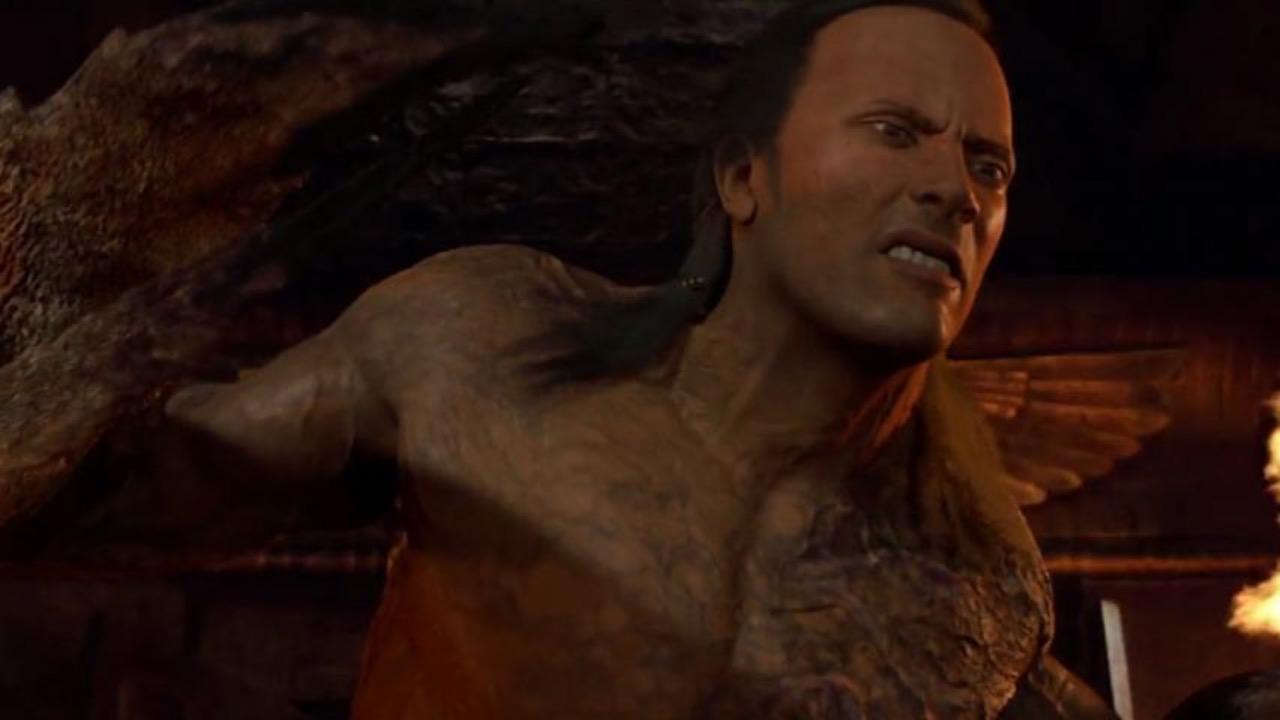Making a solid VFX edit depends heavily on the shots in which you edit. So if you have a shot that requires heavy VFX development and it isn’t set up right, your VFX isn’t gonna look as good as anticipated.

A good starting point would to set up two shots, One with a green screen and one without. With this method you have the green screen footage in which you can play with and the other footage (in which should be the same movement and same frame, just without the green screen, and actors) you have to stick behind the chroma key. With the chroma key you can add different background and effects without having to roto out the actors. Which will bring us to the other technique, which is rotoscoping. With this you don’t have to use the green screen, you can simply select and make your actors a seperate layer without destroying the background. The only issue to this is, the fact this will take a while and is very tedious. However if you can master this technique then, this can very efficient to your set. Another technique to help your VFX scenes would be making track masks. There is a plug-in in After Effects called Mocha AE, in which you can draw and adjust track masks of your subject, This kinda acts like rotoscoping however you apply this effect to work as a mask, this mask will follow your subject around a scene in which you can work your VFX magic around. So just take one of these techniques and try them out, it will be beneficial to practice.



